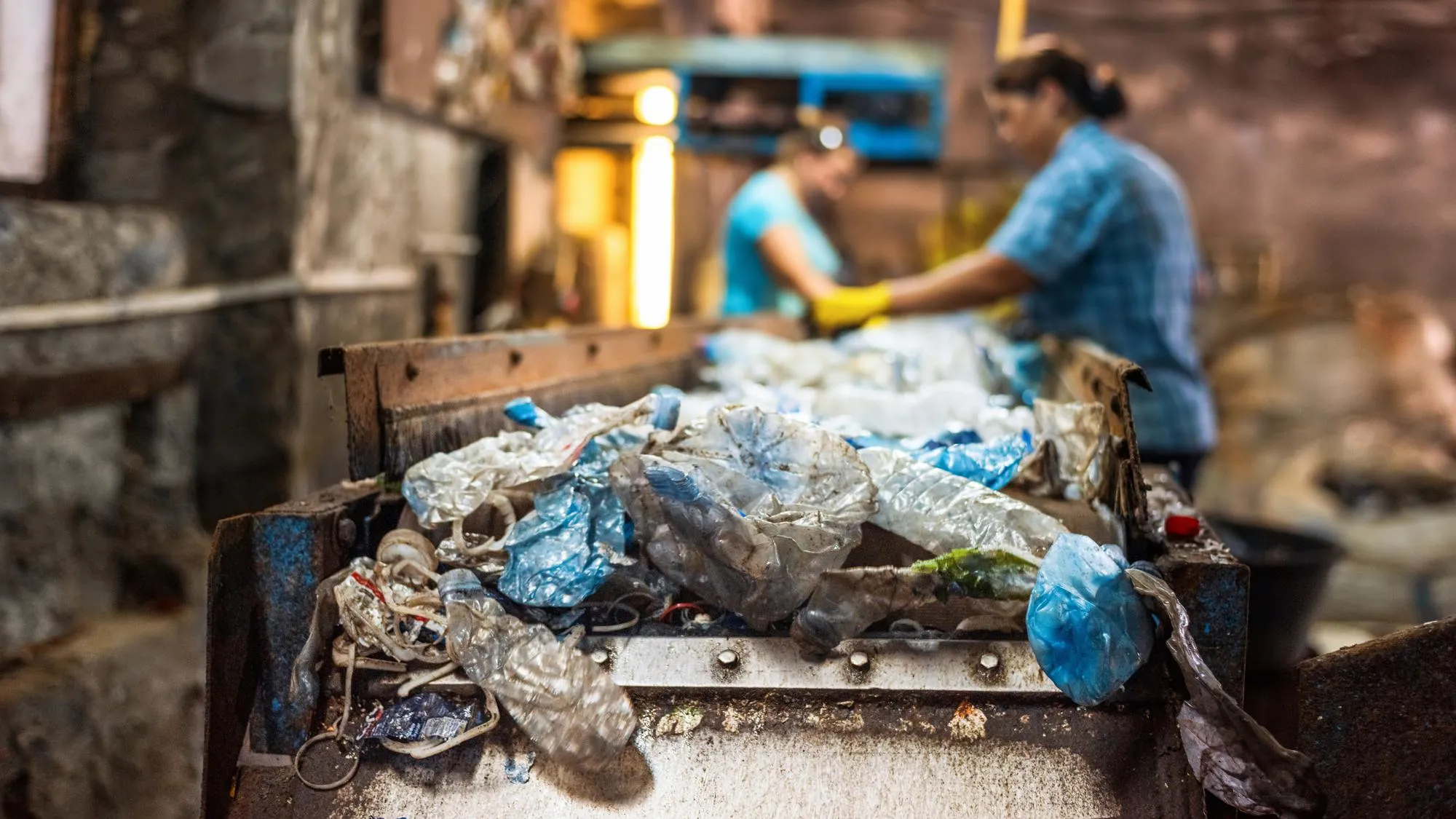In recent years, Pakistan has been grappling with the growing challenge of managing municipal solid waste (MSW), which has become a source of significant environmental degradation, especially in its capital territories. A study published in the journal Environmental Research details the impact of leachate – the liquid that drains or ‘leaches’ from a landfill – generated by solid waste dumps on groundwater quality. The peer-reviewed article titled “Contaminant transport from solid waste dumps: Implications for environmental degradation with a focus on capital territory regions,” DOI: 10.1016/j.envres.2024.118152, presents distressing evidence of groundwater contamination that could have profound implications for public health and sustainable development.
The study, led by Naeem Muhammad from the Department of Environmental Sciences at the University of Gujrat, Pakistan, and his colleague Asam Zaki Ul Zaman, sought to analyze the effects of leachate transport from waste dumps in Islamabad and Rawalpindi—two neighboring cities in Pakistan’s capital territory region. Open dumping of MSW is prevalent in Pakistan, and the researchers focused on two specific sites: I-12 in Islamabad and Lohsar in Rawalpindi. They conducted a thorough investigation across distinct seasons – summer, winter, and rainy seasons – to determine how seasonal variations affected the extent of groundwater contamination.
To conduct the study, water samples were collected from existing wells near the aforementioned dumpsites. These samples were then analyzed for various physicochemical parameters using standard methods endorsed by global and national guidelines for water quality. The findings of the study revealed alarming levels of contamination, with numerous parameters exceeding the desired limits set by the World Health Organization (WHO) and the National Standard for Drinking Water Quality (NSDWQ), particularly during the rainy season. It was during this period that the transport of contaminants from the waste dumps into the groundwater was found to be at its peak.
The researchers reported pH values ranging from 5.75 to 7.87 and Electrical Conductivity (EC) between 103 to 3460 μS cm^-1, significant indicators of the state of groundwater quality. The values of EC suggest the presence of a high concentration of soluble substances in the water, which could include hazardous chemicals and heavy metals known to leach out from solid waste dumps. These levels were highest during the rainy season, pointing to rainwater augmenting the movement of the contaminants from the dumps to the subsurface water.
The implications of the study are profound. Groundwater is a crucial source of water for drinking, agriculture, and industry, particularly in Pakistan where a significant portion of the population relies on wells and boreholes for their daily water supply. The researchers pointed out that the quality of groundwater in these areas is at risk, putting local communities in harm’s way. This situation also threatens the sustainability of the region’s water resources, which could have a cascading effect on food security, public health, and economic stability.
The study concludes with a declaration of no “competing financial interests or personal relationships that could have appeared to influence the work reported in this paper,” highlighting the importance of independent and objective scientific inquiry in matters of public interest.
This landmark study intensifies the call for urgent action to manage solid waste effectively in Pakistan’s capital territories and beyond. It provides valuable insights for policymakers, environmental managers, and the general public on the need to prioritize environmentally sound waste management practices that minimize groundwater contamination.
The full article can be accessed at DOI: 10.1016/j.envres.2024.118152.
Keywords
1. Groundwater Contamination Pakistan
2. Solid Waste Management Islamabad
3. Environmental Degradation Rawalpindi
4. Leachate Transport Capital Territory
5. WHO Standards Drinking Water Quality
References
1. Muhammad, N., & Zaman, Z. U. A. (2024). Contaminant transport from solid waste dumps: Implications for environmental degradation with a focus on capital territory regions. Environmental Research, 247, 118152. https://doi.org/10.1016/j.envres.2024.118152
2. Environmental Protection Agency. (n.d.). Groundwater Contamination. U.S. Environmental Protection Agency. Retrieved from https://www.epa.gov/ground-water-and-drinking-water/groundwater-contamination.
3. World Health Organization. (2017). Guidelines for Drinking-water Quality: Fourth Edition Incorporating the First Addendum. Geneva: World Health Organization.
4. Government of Pakistan. (n.d.). National Standards for Drinking Water Quality (NSDWQ). Retrieved from http://www.environment.gov.pk.
5. Sajjad, Z., & Nas, B. (2019). Assessment of heavy metal contents in the ambient air of the urban areas of Islamabad and Rawalpindi, Pakistan. Environmental Monitoring and Assessment, 191(S2), 426. DOI: 10.1007/s10661-019-7436-0.
